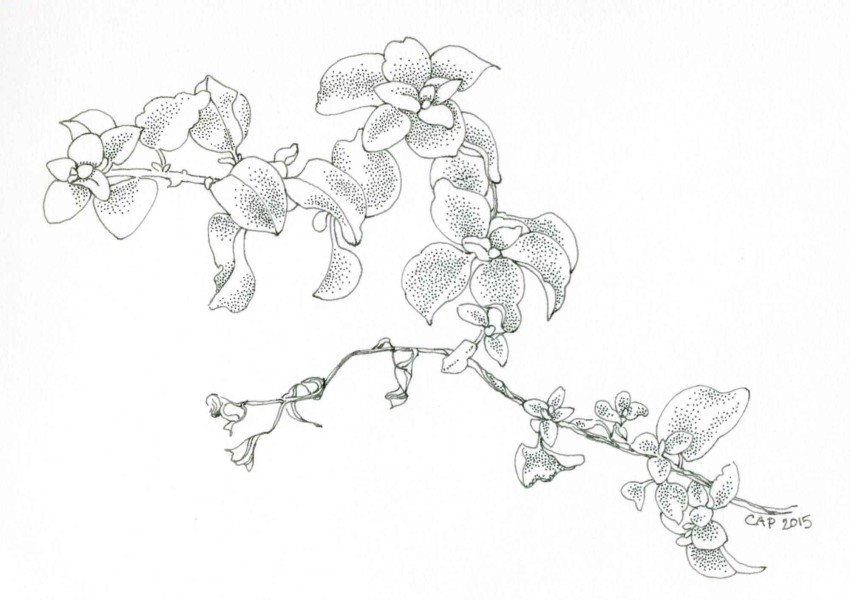
This is one of my favorite passages of the book:
If you have read this far, you have probably noticed that in my method your feelings are the standard for decision making. Many people may be puzzled by such vague criteria as “things that give you a thrill of pleasure” or “click point.” The majority of methods give clearly defined numerical goals, such as “Discard anything you haven’t used for two years,” “Seven jackets and ten blouses is the perfect amount,” “Get rid of one thing every time you buy something new.” But I believe this is one reason these methods result in rebound.
Even if these methods temporarily result in a tidy space, automatically following criteria proposed by others and based on their “know-how” will have no lasting effect – unless their criteria happens to match your own standards of what feels right. Only you can know what kind of environment makes you feel happy. The act of picking up and choosing objects is extremely personal. To avoid rebound, you need to create your own tidying method with your own standards. This is precisely why it is so important to identify how you feel about each item you own.
–Marie Kondo in The Life-Changing Magic of Tidying Up, pg 125-126.